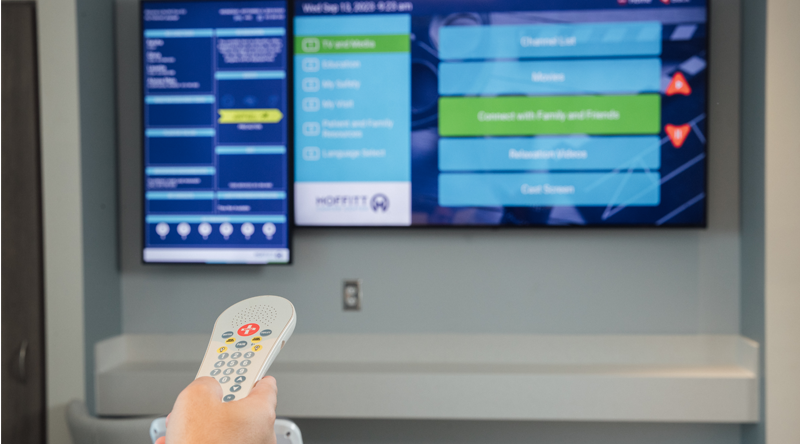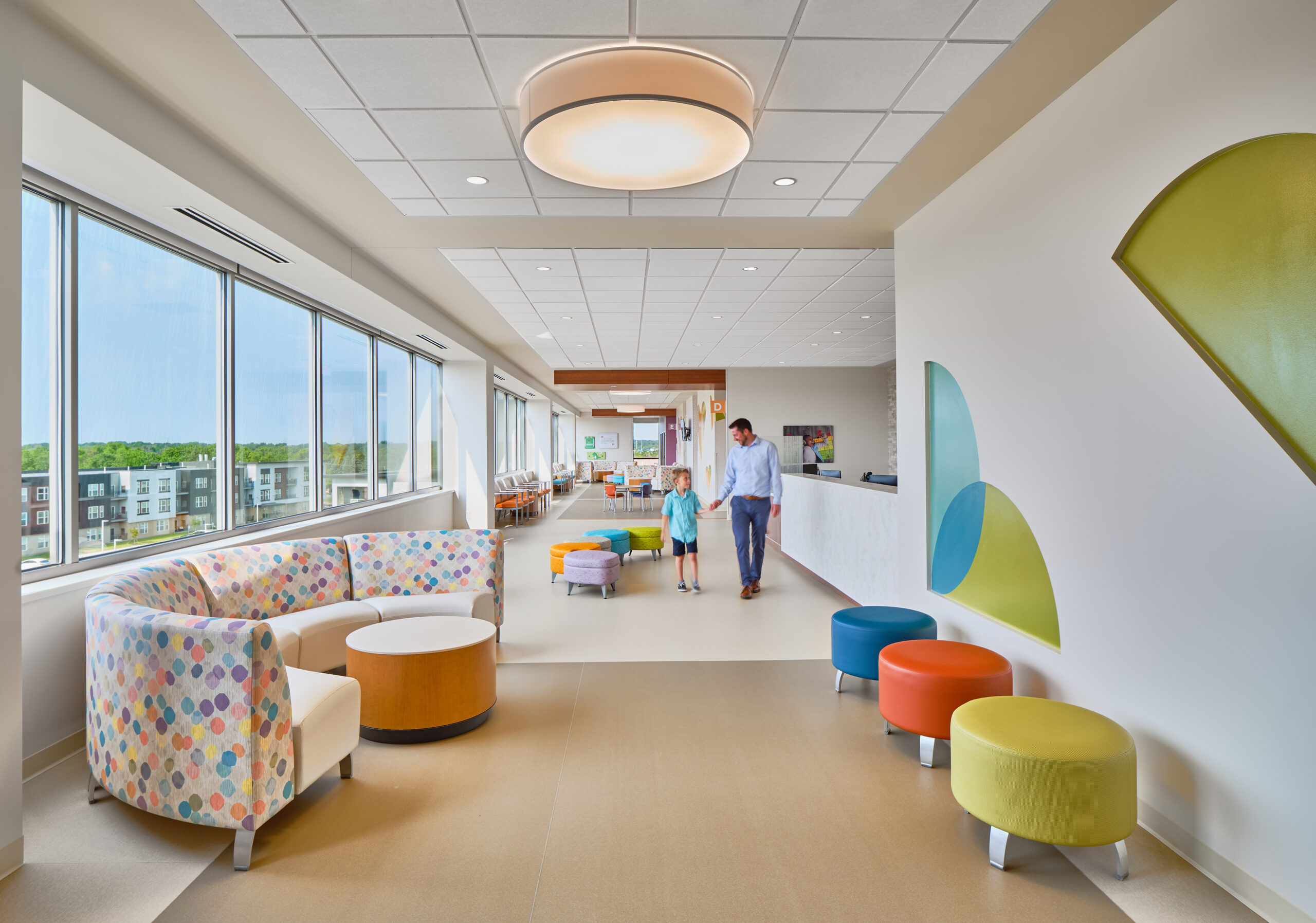By Mike Rethage
Patients and their loved ones have become more consumer-driven over the last few years when it comes to their health and selecting a health system they trust for their care journey. As the industry moves further into 2024, patients are anticipated to more frequently leverage information posted on patient-reviewed physician rating databases. Through this direct comparison approach, patients can better consider the health facility’s offerings from real patient feedback – such as outcomes, technology use, staff interactions, and cost – and feel confident in their choice of the health journey that best fits their personalized needs and expectations.
The growing reliance on and expectation of technology in everyday life is leading to an increase in demand for digital solutions that support all stakeholders throughout a healthcare journey. In fact, 84% of healthcare leadership surveyed by HIMSS Research agree that patients are demanding “more personalized, holistic digital experiences.” Healthcare leaders must thoughtfully leverage solutions and facility designs that are more patient- and consumer-focused to drive more efficient and supportive operations for clinicians while providing comprehensive digital engagement systems to empower patients. With this digital, yet human-centered approach, caregivers gain more personalized collaboration with their patients to honestly connect on their health and achieve higher-quality outcomes.
A more competitive industry must become increasingly hospitable as the line between patient and customer blurs. Leadership, architects, and facilities managers must upgrade designs and technologies to meet the expectations of the 2024 patient while also accommodating staff needs and fostering a supportive, trusting, and collaborative relationship between patients and providers.
Patient Engagement and a Supportive Environment Go Hand-in-Hand
We live in an increasingly digital-first, self-service world. Patients and families visiting facilities for care must be met with an experience that fits that ethos in order to drive engagement, collaboration, and comfort. Patients are more likely to interact with and trust a system that’s intuitive and familiar. When planning for impactful patient engagement, healthcare leaders must consider the patient and loved ones at each step of care (planning, delivery, and evaluation) to ensure the best level of active participation and satisfaction.
Technology is changing how consumers access healthcare services and communicate with their providers in 2024. From people turning to AI-powered search tools for initial answers on what they may be experiencing health-wise or advice on their next care step, to easily scheduling appointments and making secure payments, patients are seeking clarity and comfort. This expectation that is currently manifested in the digital front door has to extend to the experience patients and families have at the healthcare facilities.
Keeping that in mind, it is important to be honest and recognize that hospitals are often intimidating and confusing places. Because patients and their loved ones, first-timers and repeat visitors alike, may find it challenging to navigate healthcare facilities that cover multiple city blocks or feature a maze of identical hallways, it is critical that leadership provide a supportive environment at the first encounter. An immediate navigation challenge isn’t the introduction patients need when they may already be vulnerable and uncertain. By leveraging accessible and intuitive digital wayfinding solutions, patients and their caregivers are presented with step-by-step navigation through the building or campus, developing a sense of reassurance and ease. Building floorplan overlays onto private, intuitive Google Maps-type interfaces, gives users a sense of familiarity while gaining beneficial guidance regarding their location and destination. To better acclimate patients, a unified digital engagement platform with a variety of endpoints can guide patients across their journey and offer encouragement and education. For example, a large-format video wall can welcome arriving patients in lobbies with relaxing imagery that can be mixed with other helpful messaging such as reminders to schedule wellness visits or consider timely vaccinations.
It’s important that patients are comfortable from the start of the care process and that they have an encouraging space to spend their time as they recover. Digital signage solutions in waiting rooms can provide helpful insights such as wait time updates, staff bios, related services, and relevant patient education and discharge content. By proactively providing the answers to the frequently asked questions, stress is lowered while self-efficacy is built. It’s also crucial that each of these endpoints can be easily managed from a central content management system to reduce the time hospital staff spends on non-clinical efforts this year.
Design Healthcare Facilities According to Patient Comfort
Interactive Patient Care Systems (IPS) in patient rooms transform the latest smart TV technology into a communication hub for entertainment, education, and empowerment for patient use and collaboration. To the benefit of both patients and staff, patient education, meal ordering, and service request management are streamlined through back-end integrations to multiple health information technology (HIT) including electronic health records (EHR), engineering, dietary, and facilities. The usage of the IPS typically increases the family’s comfort, positivity, and ability to make informed decisions while creating staff efficiency.
The smart TV in the patient room becomes the focal point of an advanced IPS communication hub to actively engage patients in their care while other smart tools such as digital whiteboards and digital door signs conveniently convey critical information to staff, patients, and families with real-time integrations to the EHR. This system setup streamlines the delivery of care, develops mutual trust, and reduces the time clinicians spend performing non-clinical and low-value, repetitive tasks.
A recent McKinsey report on nursing reveals that through technology enablement, automation, and improved delegation of tasks, there’s the potential to free up to 15% of clinician time to return to direct patient care. By automating or reassigning non-clinical care and administrative tasks to patients through an IPS system in 2024, staff will be better able to allocate time, experience reduced workplace stress, and practice at the top of their licenses, all contributing to higher job satisfaction and outcomes. At the same time, patients are empowered by tackling their non-clinical needs, which is helpful to their recovery.
Patient-Centered Care is Enhanced with Emerging Technologies and Welcoming Designs
A growing number of healthcare facilities look to emerging technologies and new facility designs to answer patient needs and expectations with more speed and accuracy, creating the hospital of the future today. Over the years, evidence has shown that patient engagement solutions are the best path forward to tailor care to the unique needs and preferences of each individual patient. These data-driven solutions open the door to an enhanced human experience with customized education to inform patient decisions, collaboration tools to develop the connection between patient and clinician, and patient empowerment to guide toward better care outcomes and improved HCAPHS scores. These technologies and design improvements are a win-win for healthcare facilities in 2024.
Mike Rethage is the Chief Operating Officer of Uniguest. He brings extensive technology, product, and customer success background to Uniguest with a track record of growing revenue and achieving business results.






